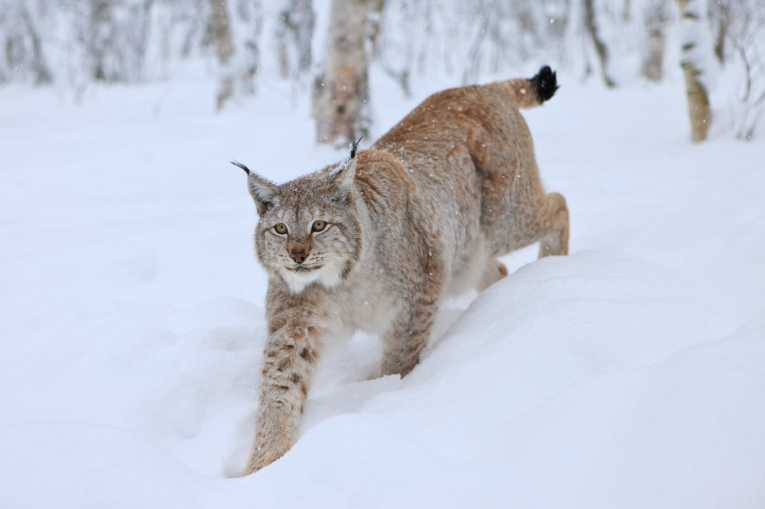A new publication shows that conservation is most effective when it is carried out collaboratively, across country borders. Conservation projects involving neighbouring countries increase the benefits to wildlife and bring help to conserve large areas of natural habitats. Not only that, but collaborating on conservation projects can help to resolve social and political conflicts.
The book, Crossing Borders for Nature: European examples of transboundary conservation, was published as part of a project led by the International Union for Conservation of Nature (IUCN) and the German Federal Agency for Nature Conservation (BfN). The project aimed to improve conservation in the politically instable mountainous border zone between Albania, Macedonia and Kosovo.
"Due to isolation in the past and recent political instability in the area, the border between those countries was strictly guarded for decades," says Tomasz Pezold, IUCN's Project Officer. "As a result, it now represents one of the last intact natural sites in Europe with some of the largest populations of species such as bear, wolf and lynx. Cross-border conservation in this region creates the opportunity to preserve this unique natural heritage in its integrity and brings together countries that were isolated for years."
Transboundary conservation can have a much greater impact than smaller, localised and national projects. Collaborative projects between adjacent countries can protect large areas, support species migrations and decrease the decline in biodiversity. Habitats become less fragmented and a greater number of species can be protected. In addition, transboundary projects generate increased income opportunities and the chance for countries to overcome previously frosty relationships.
Successful transboundary projects include the East Carpathians Biosphere Reserve, designated as an area of global importance by UNESCO, which comprises of land belonging to Poland, the Slovak Republic and the Ukraine. It has a range of habitat types providing an ideal home for European brown bears, lynx, bison and golden eagles. This huge and valuable area can only be conserved due to continued cooperation between previously hostile countries. The Bavarian Forest and Shumava National Parks are an example of a commercially successful transboundary conservation project. Located between Prague in the Czech Republic and Munich in Germany, tourism has increased in both countries due to the National Parks, providing much-needed additional jobs and income.
"Nature doesn't stop at borders or man-made boundaries and nor should our efforts to conserve it," says Maja Vasilijevic, co-editor of the publication. "Transboundary conservation is increasingly important in protecting and maintaining large ecosystems and enhancing the socioeconomic development in the areas."
Although the IUCN's publication concentrated on European conservation, cross-country collaboration has been shown to be vital in other continents. Scientists recommend the creation of an international marine park spanning the waters of Gabon and the Republic of Congo, to protect green turtles. The Wildlife Conservation Society is now working with the national park agencies in both countries to aid in the creation of the first international marine park in this region. Brendan Godley, coordinator of the Marine Turtle Research Group, says ''The proposal to combine and extend the protected area will be incredibly effective''. As species loss accelerates at an alarming rate, cross-country collaboration will become increasingly important to ensure that the world's natural habitats can be conserved.
Top Image Credit: A Male Lynx © jamenpercy










